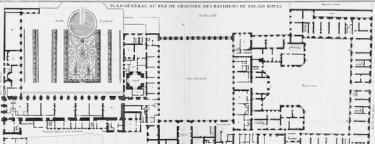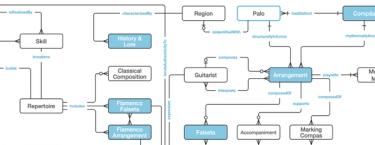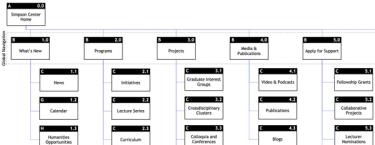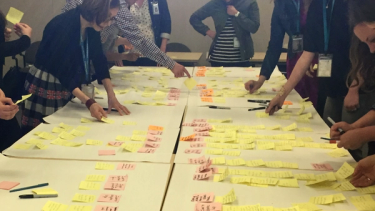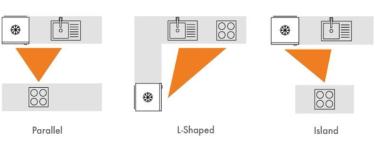When Do You Need an Information Architect?
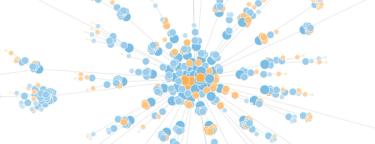
Not every project needs a dedicated information architect, but things can go woefully sideways if you need one and don't have one. Here are a few clues that you should include an information architect, or at least a practitioner with strong IA skills, on your design team.
